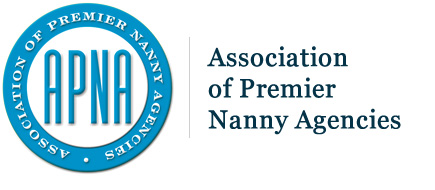Whenever I use the term “standard operating procedures,” I usually get one of two responses – either “what the heck or those” or “groan, I really need to do those… someday.” Let’s address both.
Standard operating procedures are step by step instructions compiled by an organization that help the team members carry out routine tasks. They are recipes for success, but also help an agency owner bring on talent that will execute the same level of excellence the agency owner wishes to provide – by providing specific instructions to do so. 
If you know about and get the concept of standard operating procedures (or SOP’s for short), you will also realize the task of documenting every single thing that you do as an agency owner that needs to happen for each facet of your business. Or, let’s be honest, the things that you WANT to happen, but somehow fall by the wayside in the day to day.
Either everything lives in your head, or you kind of know what to do, but have a difficult time typing out all the things in a way that makes sense to someone who is not you. It can be exhausting thinking about all the things you do and while writing them out so that “someone else” can do them sounds great, actually having the time to write it all out can make you procrastinate even more. Especially when there are better, income producing activities that you could be doing – like closing a placement.
The thing with standard operating procedures that no one tells you is that there is no right way to do them.
The first thing you need to embrace about standard operating procedures is that they are destined to change. Either you will implement new software or tools in your business, you will hire more team members so job descriptions will change, or your standards will change over time as you scale or improve your client or applicant experience.
So most likely, your ‘recipe book’ will be in some form of digital format. Google Drive is my favorite place for documentation. Google Docs especially.
But I still see the cringes of those who hate to write things out. The tedious nature of writing out and creating screenshots can be really exhausting, and also not the best use of time. But there are some great tools that circumvent this.
I use a tool called Loom that allows you to share your screen (and your face!) at the same time to document what you need someone to do. Whether it is sharing how you want your interviews to go, best practices for written communication, or how your applicant tracking system works.
And if you have readers and not watchers, enter my new favorite tool, Otter.ai. This is a transcription tool that takes your video and creates a time-stamped written out transcript of your video. At the time of this writing, Loom did start offering transcription, but I really like Otter’s output.
So now that we have addressed the ways that you can document, let’s talk about what you should document. And besides the blanket answer of “everything,” let’s be realistic.
If you are a team of one, then YOU need to document everything. This helps you create the ability to properly delegate facets of your business (instead of just hiring someone to take over stuff you don’t like and hoping they figure it out), and also makes your business run a little more on autopilot. In addition to the things you do, you can also create template emails that help your client and applicant experience, and also any emails that you find yourself sending consistently (frequently asked questions, unique situations that tend to happen consistently, and other emails you find yourself sending a lot).
If you are a larger team, you don’t have to do all the documentation. If you have a team member that is awesome at closing clients, they can document their script and sales process. If you have a great screener, they can document red flags they look for, and scripts they use. If you have a reference checker, they can document their process so you have the ability to have another team member cover for them if they are ever out. While you might get resistance about job security from your team members, it’s not about replacing them, but helping them train others to reach their levels. If everyone is working at their highest potential, the whole team wins.
Finding a central location for your documents will also be crucial. Creating a folder for all the documents, videos, transcripts, pictures, all of it, will be crucial. I like to create a single document that links to all the other information with a table of contents, this makes it easier to find. Also using the advanced search function in google drive is a great way to find exactly what you need without digging.
Whatever method you use, I hope this helps you get inspired to start working on those SOP’s today!
———-
Jen Rudd, PMP is a business consultant that helps agencies leverage their impact with a mix of coaching, systems, and software. She is the Founder + CEO of Adept Interfaces and CEO of Grow With Jen, and lives in the DC area with her husband, three kids, rescue tuxedo cat (Dex), and rescue beagles (Peanut and Violet).

